A goatherd found it by chance, the scientific world took action!

Since 2018, fossil excavations have been carried out around the Yamula Dam in the Kocasinan district, built on the Kızılırmak River, with the permission of the Ministry of Culture and Tourism, under the scientific consultancy of Prof. Dr. Okşan Başoğlu and Prof. Dr. Pınar Gözlük Kırmızıoğlu, under the Kayseri Museum Directorate.
The region attracts attention with its fossil diversity, where fossils of giraffes, elephants, mammoths, rhinoceroses, three-toed horses, hollow-horned sheep called bovids, goats, antelopes, as well as turtles and pigs have been found over the years.
Expert anthropologist Ömer Dağ, who participated in the excavation work, said that there were very dense fossils around the Yamula Dam.
Stating that there were fossil findings in the Çevril, Taşhan, Hırka and Emmiler localities, Dağ said that after the surface work, they carried out excavations in the points where fossils were dense.
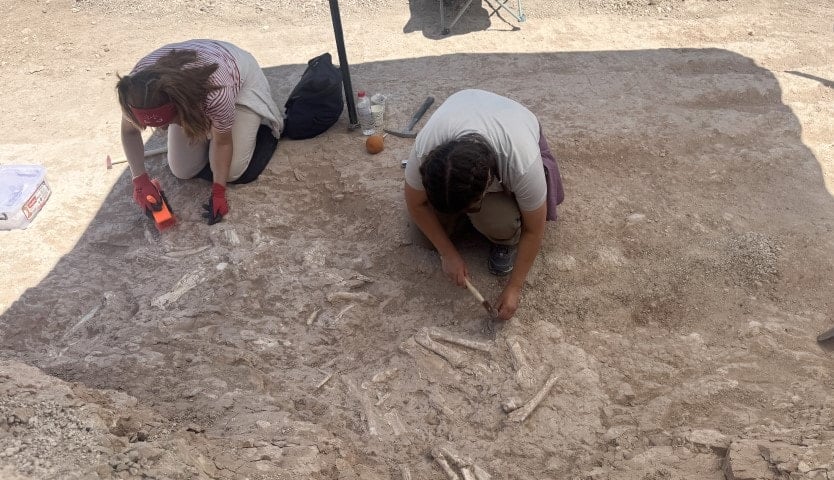
Explaining that their priority is large fossil pieces, Dağ said, "If there is an image that comes to the surface, we start working quickly and remove those fossils as a priority. Removing the fossil depends entirely on the size of that fossil. The point we are at right now is actually the point we call the main layer, where fossils are coming in densely. Nested fossils that we call intestines. We are observing dense findings that we call intestines at two different points."
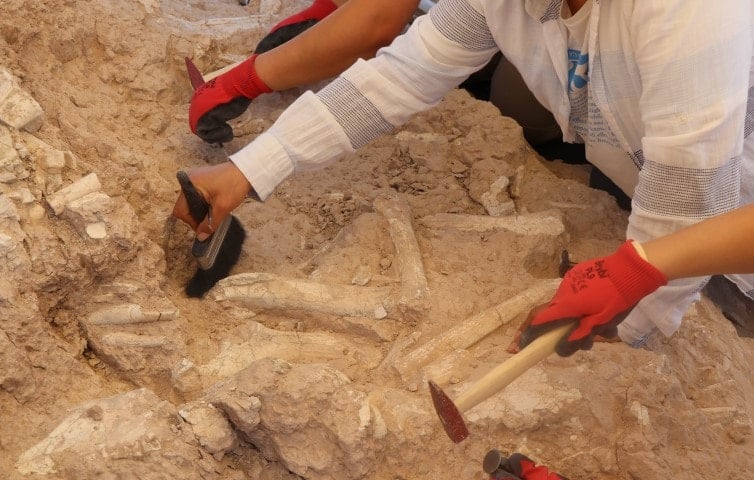
Emphasizing that the fossils unearthed from the area were remarkable, Dağ continued his words as follows:
"When we first came here, the large specimens we call megafauna emerged as the dam water level rose and fell. In the first year, we mainly carried out the removal of those fossils. In 2019, we found a specimen called the ancestor of the elephant, known to people as a mammoth but older than the mammoth. It is particularly striking that the fossils are complete and large.
"We also have a lot of diversity. We discovered many different types of samples. Last year, a pig skull was found. Every year, this place surprises us, we expect different and diverse species. Fossils may have drifted here, there may have been a mass death. We detect it by uncovering it here."
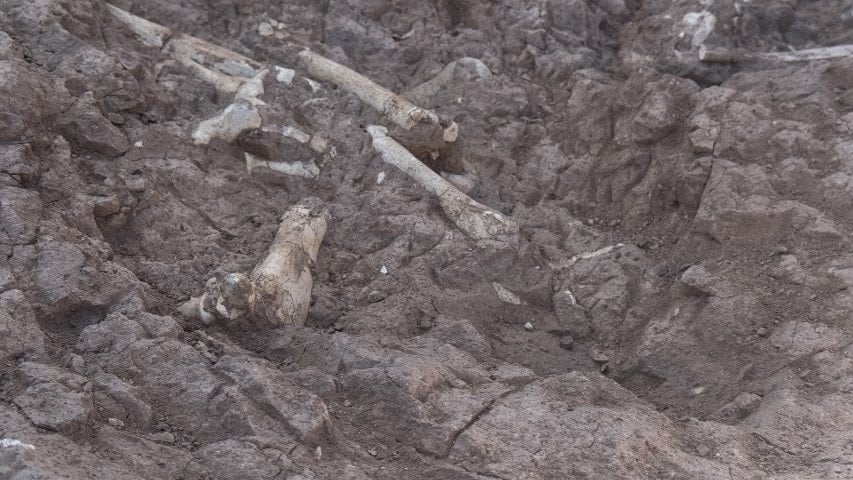
Dağ said that they observed fossils of three-toed horses, a hollow-horned group called bovid, and rhinoceros fossils in the excavation area, and that they are trying to unearth these with a team of 12 people.
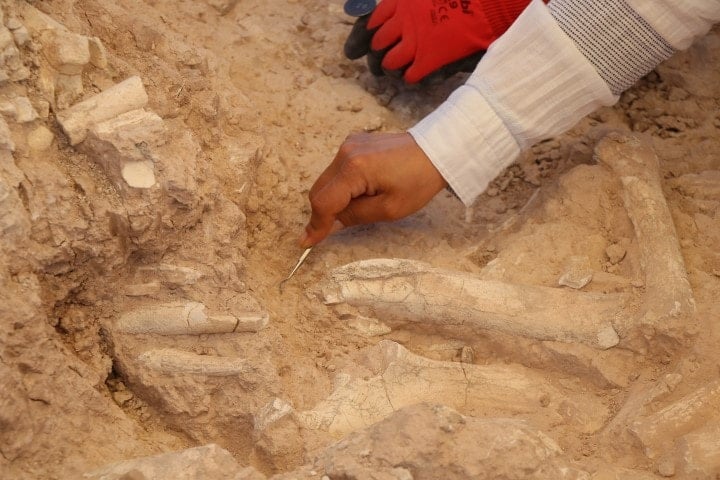
Dağ stated that there were problems in dating paleontological excavations in Türkiye, but they solved this problem with layer dating in the excavations around the Yamula Dam, and noted the following:
"When we said 7.5 million years, geological dating was done. Now, we have done layer dating with the method called argon. The locality we are in right now in Çevril is 7.7 million years old. Hırka village is a locality from 7.4 million years ago. We did layer dating to give a precise year.
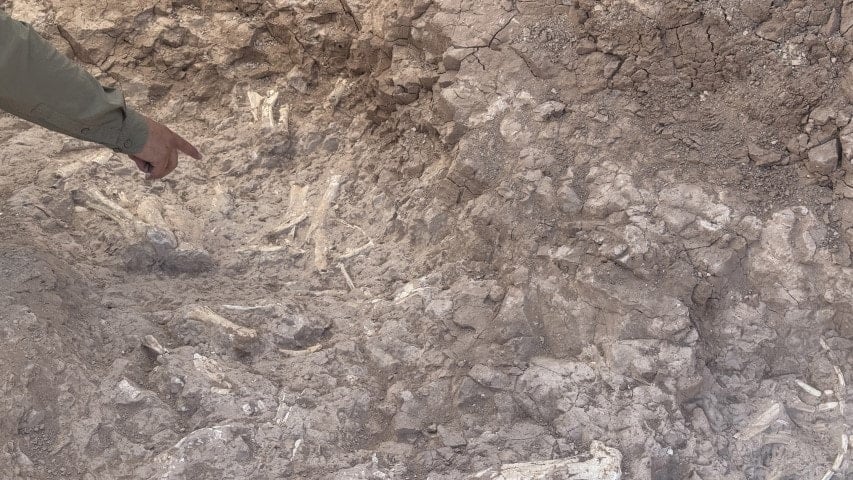
We took samples from both the lower and upper limits of the layer where the fossils were dense and clarified the dating of these places with the method we call argon. Generally, geological dating or faunal dating was done in terms of dating. The work we did here was a study that would be a reference for most paleontological excavations.
With these datings, they will now attribute the datings to the point we call the Central Kızılırmak Basin. Because no dating was done in other fossil excavations. The biggest reason for that was the lack of layers. Here, we have both layers and a lot of findings."
SÖZCÜ





